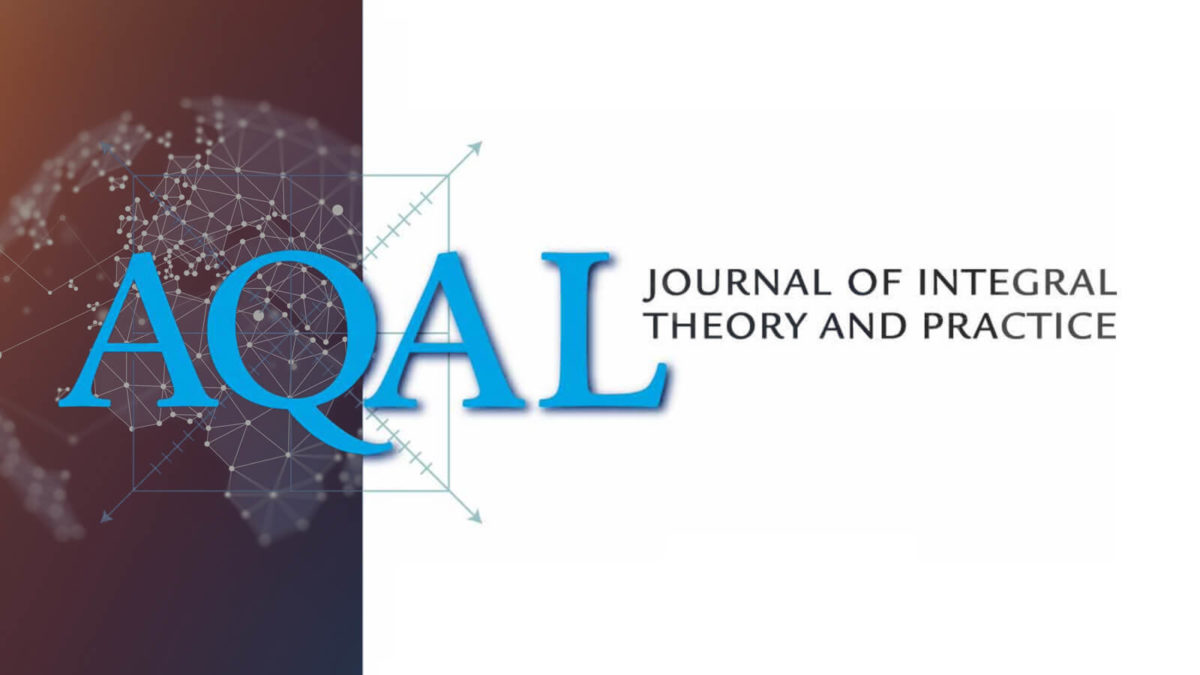In this article I introduce Integral Theory, a multiperspectival approach, to international development and explore its capacity to foster conditions for systemic, collective, and personal change. My analysis focuses on the perspectives of “I,” “We,” and “It/Its,” which illuminate interior and exterior aspects of individuals and groups; in Integral Theory, these are known as quadrants. Here, I describe the way each quadrant relates to international development and offer some methodologies to work with phenomena and dynamics arising in each quadrant. At the end, I give an example of an all-quadrant development intervention in Peru.
International development is a diverse field attempting to address some of the most pressing global problems facing humanity today. Although the field has come a long way over the past five decades, it is far from perfect. In the second part of this article, I discuss how the quadrants, lines, and levels of Integral Theory assist in this ongoing refinement of international development practice. The quadrants provide a framework to identify and work with interior and exterior realities of individuals and groups. Quadrants also enable an integrated use of objective, subjective, and intersubjective methodologies in development interventions. An understanding of developmental lines offers a detailed and nuanced view of capacity building, which can more accurately identify and work with the existing skills and potentials in individuals. Working skillfully with levels in international development can help practitioners engage in the psychology of empowerment and more effectively communicate to a variety of worldviews and value systems. In applying quadrants, lines, and levels, an Integral approach recognizes that development problems need both interior and exterior solutions. Finally, I offer a practical example of the Integral approach in a community development project in El Salvador.
Introduction
International development is a field that bridges divergent disciplines in attempt to deal with some of the most complex global issues facing humanity today. For six decades, development practitioners (from companies, communities, agencies, donors, research institutes, civil society organizations, and universities) have worked in disaster relief, income generation, sustainable livelihoods, education, health care, vaccinations for widespread epidemics, poverty eradication, and more. Through various paradigms of development, practitioners have pioneered and implemented an array of methodologies in attempt to adequately address this diverse range of issues. These different concepts and toolkits for the international development field are continually being refined, as practitioners expand the collective toolkit to be more responsive to the ever-burgeoning spectrum of issues.
Despite this hard work and the billions of dollars spent, challenges and problems in international development continue to increase and perplex. In a globalized world, local development problems (i.e., resource depletion, lack of economic security, etc.) can become greatly exacerbated, and challenges to sustain ecological systems and economic prosperity are shared within and between countries. The current situation requires practitioners to further advance the practice of development, integrating the beneficial aspects of past approaches, stepping into new areas of inquiry, and working in new partnerships with the numerous and diverse stakeholders at all levels of the development process.
Many practitioners now recognize the degree to which economic, social, political, ecological, cultural, psychological, and spiritual realities overlap and intertwine in international development. Economic prosperity often depends on sustainable management of natural resources; good governance depends on the ethics and commitment for social wellbeing; participation of local people in development projects depends on personal empowerment, and so on. Each development issue has its own layers of complexity that span interior (psychology and culture) and exterior (behavior and systems) realities of individuals and groups. For example, the causes of poverty can be traced to economic and socio-political systems, which are also connected to historical and cultural phenomena, and those are similarly linked to psychological dimensions of oppression, low self-esteem, and lack of awareness.
Addressing these meshed and interrelated issues requires a comprehensive approach that is able to address the complexity of life. Many non-governmental organizations (NGOs) around the world now realize that development interventions need to include cultural, psychological, and spiritual aspects of life, alongside the more conventional economic development initiatives. To foster individual wellbeing, the needs of the whole person must be met—food, clothing, and shelter, as well as meaningful work, healthy interpersonal relations, and spiritual and artistic expression, to name a few.
To bring such an approach forward, we need new ways to address these multiple dimensions of development that cut across disciplines and methods of inquiry. We need innovation. Certainly scientific and technological innovation is needed to tackle some of the most dire and far-reaching issues our planet has ever faced. But also psychological and cultural innovations—new ways to know ourselves, to recognize our shared realities, to honor and bridge our differences, to negotiate in good faith, and to step into our own personal power on behalf of the whole.
You must log in to your Integral Life membership account in order to access this Journal article.
Become a member today to access this Journal article and support the global emergence of Integral consciousness
Membership benefits include:
Premium Content
Receive full access to weekly conversations hosted by leading thinkers

Journal Library
Receive full access to the growing Journal of Integral Theory & Practice library

Live Experiences
Stay connected by participating in Integral Life live events and discussions
Courses & Products
Get unlimited 20% discount off all products and courses from our friends and partners

Free Bonus Gifts
Download The Integral Vision eBook by Ken Wilber (worth $19 on Amazon) & The Ken Wilber Biography Series

Support of the movement
Support our mission of educating and spreading integral consciousness that is more critical than at any time in its history
About Gail Hochachka
Gail has 20 years of experience bridging research and practice in sustainable development in Africa, Latin America and North America. Her enduring interest is on how to better understand and integrate the human dimensions of global environmental change, in approaches that are commensurate with the complexity of the issues today.

